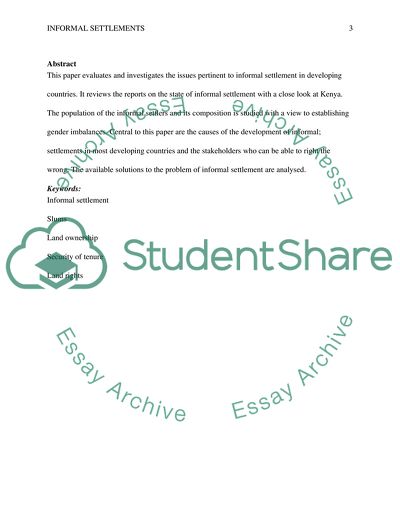Cite this document
(The Informal Settlement in Kenya and Other Developing Countries Research Paper - 2, n.d.)
The Informal Settlement in Kenya and Other Developing Countries Research Paper - 2. Retrieved from https://studentshare.org/politics/1789961-housing-and-regeneration-in-developing-countries-housing-study
The Informal Settlement in Kenya and Other Developing Countries Research Paper - 2. Retrieved from https://studentshare.org/politics/1789961-housing-and-regeneration-in-developing-countries-housing-study
(The Informal Settlement in Kenya and Other Developing Countries Research Paper - 2)
The Informal Settlement in Kenya and Other Developing Countries Research Paper - 2. https://studentshare.org/politics/1789961-housing-and-regeneration-in-developing-countries-housing-study.
The Informal Settlement in Kenya and Other Developing Countries Research Paper - 2. https://studentshare.org/politics/1789961-housing-and-regeneration-in-developing-countries-housing-study.
“The Informal Settlement in Kenya and Other Developing Countries Research Paper - 2”, n.d. https://studentshare.org/politics/1789961-housing-and-regeneration-in-developing-countries-housing-study.


